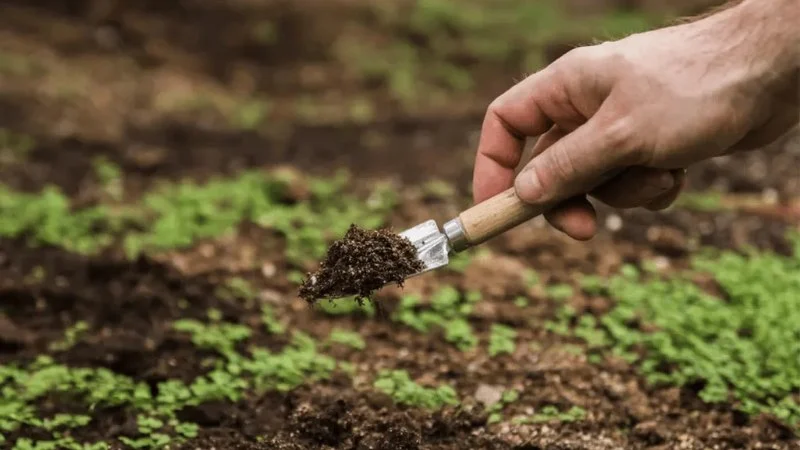
How to Choose the Right Soil & Amendments for Your Region
- Understanding Soil Types
- How Climate Affects Soil Choice
- Essential Soil Amendments for Different Regions
- Common Gardening Challenges by Region
- Using Local Experts and Resources
1. Understanding Soil Types
Soil is a vital element for healthy plant growth, but not all soils are created equal. In fact, there are several soil types, each with its unique characteristics that may or may not be suitable for your plants. Understanding these differences is essential for choosing the right soil and amendments for your garden.
The main types of soil are sandy, clay, loam, and silt. Sandy soils drain quickly and are often low in nutrients, while clay soils hold moisture but can become compacted. Loam, considered the ideal gardening soil, combines the best characteristics of sand, silt, and clay, providing excellent drainage and nutrient retention. Silt soils are fine-textured and retain moisture but can become overly wet in some conditions.
If you're not sure what type of soil you have, you can easily test it by observing how water behaves in your garden beds. If water runs off quickly, you likely have sandy soil, while water that pools or takes a long time to absorb indicates clay or silt soils.
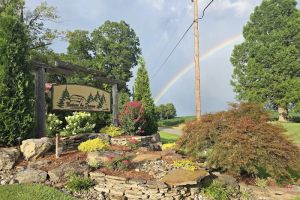
Nature By Design Landscapes Inc
2563 Bruceville Rd, Vincennes, IN 47591, USA
2. How Climate Affects Soil Choice
Your region’s climate plays a crucial role in determining the best soil and amendments for your garden. Different climates affect how soil behaves—how quickly it drains, how much moisture it holds, and what types of nutrients it may lack.
In dry or arid climates, like much of the southwestern United States, the soil may be sandy or rocky, requiring amendments to improve its water retention and nutrient content. Organic matter, such as compost or peat moss, can help enrich the soil and improve moisture retention.
In regions with heavy rainfall, such as the Pacific Northwest, the soil may be more clay-like or acidic, which can hinder drainage and root growth. In these areas, amending with sand or perlite can improve drainage, and the addition of lime can help balance the pH levels.
For gardeners in cold climates, like the Northeast or the Midwest, the soil may be heavier and prone to compacting. Organic material such as compost and well-rotted manure is ideal for improving structure, promoting better air circulation, and encouraging beneficial microbial activity.
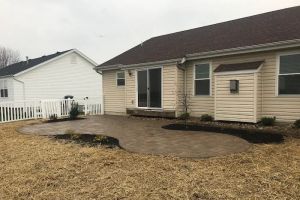
Hackmann Lawn & Landscape, LLC
Saint CharlesSt. Charles CountyMissouri
5667 Black Walnut Rd, St Charles, MO 63301, USA
3. Essential Soil Amendments for Different Regions
Amending your soil is often necessary to create the optimal environment for plant growth. Whether you are in a dry, wet, or cold climate, there are certain amendments that can make a world of difference in your garden’s health.
Compost: Compost is an all-around excellent amendment for most types of soil. It improves soil structure, increases nutrient levels, and promotes healthy microbial activity. Compost is especially helpful in sandy or clay soils, where it improves both drainage and moisture retention.
Perlite and Vermiculite: These lightweight materials are essential for improving aeration and drainage, particularly in dense, clay-rich soils or in areas with heavy rainfall. Perlite also helps prevent compaction, allowing roots to spread more easily.
Organic Mulch: Mulching with organic materials, such as shredded leaves or straw, is particularly beneficial in regions with extreme temperatures. Mulch helps retain moisture, regulate soil temperature, and prevent erosion.
Manure and Peat Moss: For dry and nutrient-poor soils, manure and peat moss add the necessary organic matter to improve moisture retention and provide essential nutrients. They are particularly helpful in arid regions where organic material is scarce.
Lime and Gypsum: In acidic soils or regions where the soil has a low pH, adding lime can help neutralize acidity. Gypsum can help with soil compaction, especially in heavy clay soils, promoting better root growth.
4. Common Gardening Challenges by Region
Gardening in different regions often comes with its own set of challenges. Understanding the specific issues in your area can help you make better decisions about your soil and amendments.
For example, in coastal areas, salty soil and high humidity can lead to issues with plant health. Adding sand and organic material can improve soil drainage and help plants thrive. In urban areas, the soil may be contaminated with heavy metals or other pollutants. In these cases, raised beds with clean, organic soil may be a better option.
Another challenge gardeners face is poor drainage, especially in areas with heavy clay soils or a lot of rainfall. As mentioned earlier, adding perlite, sand, or organic matter can significantly improve drainage, helping plants avoid root rot and other moisture-related problems.
5. Using Local Experts and Resources
One of the best ways to choose the right soil and amendments for your region is to tap into local resources. Local gardening centers, agricultural extensions, and nurseries often offer expert advice on the specific soil needs for your area.
In addition, many regions have online gardening communities where experienced gardeners share tips and advice about soil types and amendments that work best in their area. These resources can be invaluable for getting region-specific recommendations and troubleshooting any gardening problems you encounter.
For instance, Beautiful Landscapes offers a range of soil amendments tailored to different climates and regions, helping you find the perfect products for your garden’s needs. By consulting with local experts, you can be confident that you’re using the best possible soil for your growing conditions.
Final Thoughts
Choosing the right soil and amendments for your region is essential for a thriving garden. By understanding soil types, considering your local climate, and using appropriate amendments, you can create the best environment for your plants to grow. With the right care and preparation, your garden will flourish, no matter where you live.


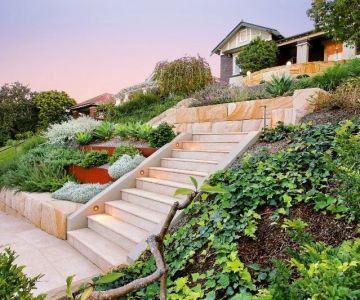
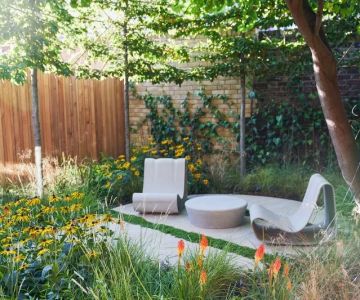
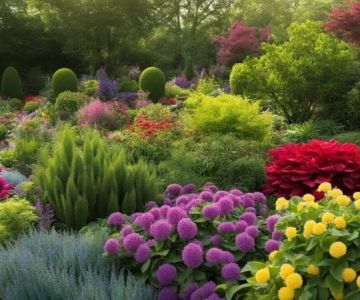

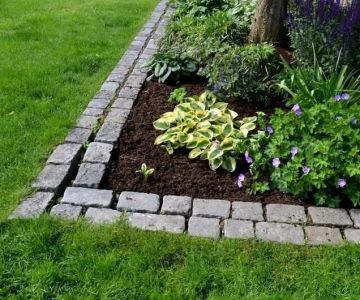
 Professional Maintenance and Landscaping4.0 (35 reviews)
Professional Maintenance and Landscaping4.0 (35 reviews)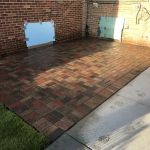 L. Miller Landscaping & Design5.0 (7 reviews)
L. Miller Landscaping & Design5.0 (7 reviews)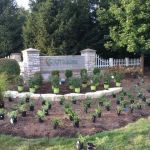 Prime Cut Lawn Care3.0 (9 reviews)
Prime Cut Lawn Care3.0 (9 reviews) Mindham Landscapes, LLC0.0 (0 reviews)
Mindham Landscapes, LLC0.0 (0 reviews) Diemer's Property Services LLC5.0 (18 reviews)
Diemer's Property Services LLC5.0 (18 reviews) Stryker Outdoor Solutions LLC5.0 (11 reviews)
Stryker Outdoor Solutions LLC5.0 (11 reviews) How to Landscape a Rooftop Garden for Relaxation
How to Landscape a Rooftop Garden for Relaxation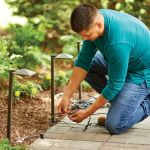 How to Install Low-Voltage Lighting in Your Garden: A Step-by-Step Guide
How to Install Low-Voltage Lighting in Your Garden: A Step-by-Step Guide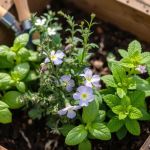 How to Grow a Herb Garden in Your Landscape: A Step-by-Step Guide
How to Grow a Herb Garden in Your Landscape: A Step-by-Step Guide How to Incorporate Steps & Elevation Into Design for a Beautiful Outdoor Space
How to Incorporate Steps & Elevation Into Design for a Beautiful Outdoor Space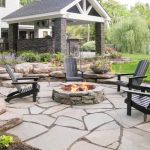 How to Plan & Build a Backyard Fire Pit Area for Maximum Enjoyment
How to Plan & Build a Backyard Fire Pit Area for Maximum Enjoyment How to Revive a Neglected Lawn Step by Step
How to Revive a Neglected Lawn Step by Step